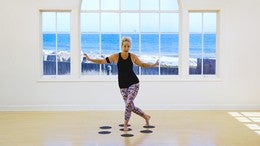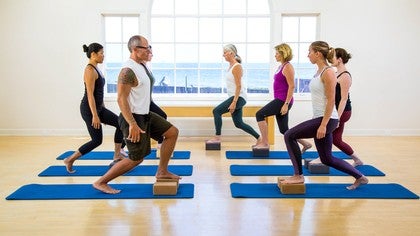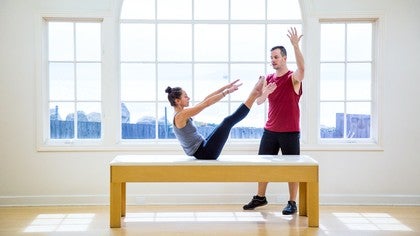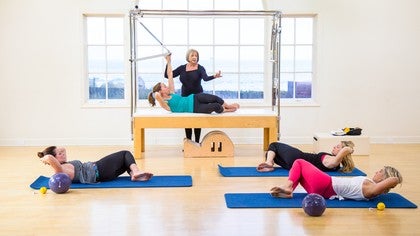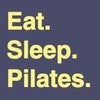Description
How can we improve gait? In this workshop, Madeline Black offers functional movement patterns that will allow you and your clients to move more efficiently while walking. She starts with a breakdown of what is happening during gait and then goes into an assessment with two different bodies so you observe their patterns. After the assessment, she teaches a basic movement class to help facilitate better movement then she does a reassessment with both bodies to see if they improved.
What You'll Need: Mat, Yoga Block (2)
About This Video
(Pace N/A)
Oct 06, 2018
(Log In to track)
Workshops: Free Workshops
Comments
Skip to Latest
I can't believe my luck today, Madeline thank you for coming back to P/A with the gait patterning workshop and class.
6 years ago
Thank you Madeline, this is so interesting and helpful. It is fascinating to feel such a difference in each side, and really valuable to have a way of working on myself and also improve my understanding, so that I can help others. I really appreciate you sharing all this knowledge. :)
6 years ago
Lots to take in here but very useful thanks, Sarah from the UK
6 years ago
Very informative and exactly what I needed. Thank you.
6 years ago
1-10 of 53
You need to be a subscriber to post a comment.
Please Log In or Create an Account to start your free trial.
